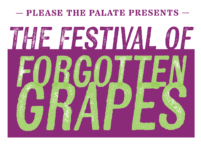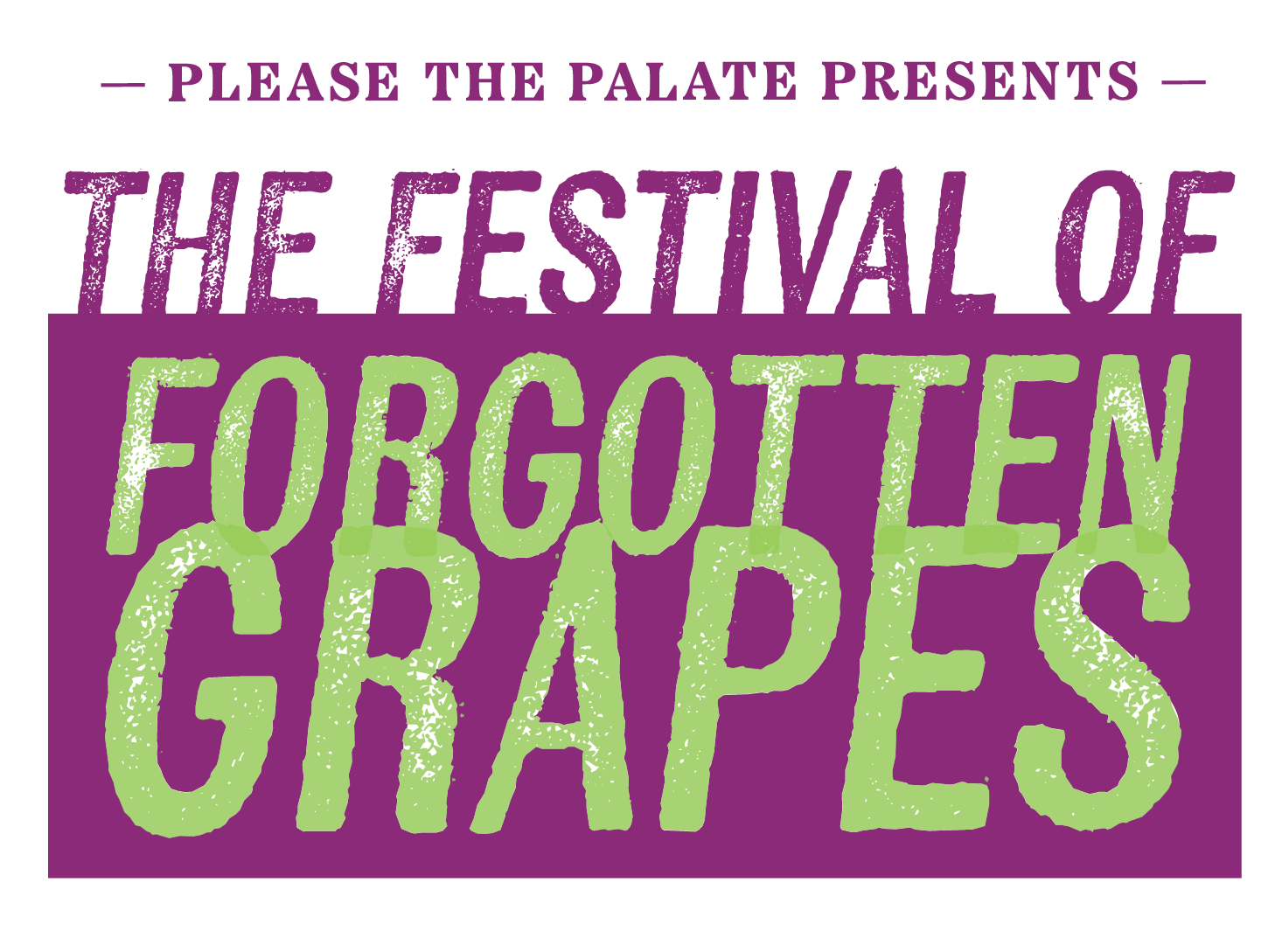22 Mar Absolution Cellars
Absolution Cellars
845 Embarcadero, Suite H, Morro Bay, CA 93442
www.absolutioncellars.com
Region: Paso Robles
Owner/ Winemaker: Dirk Neumann
About: We are a small family-owned winery specializing in limited-production, handcrafted, single-vineyard wines from select vineyards all throughout the beautiful Central Coast. With over 20 different varieties and wines made each year, you’ll find something to please every palate. Each wine that we make is the best version of itself – a unique portrait of place and time, an honest expression of where and when the grapes were grown. Made for you to savor, enjoy, and share with your family and friends, as well as strangers, who may become one or both.
What is your favorite forgotten grape? Cabernet Franc
What was your first experience with a forgotten grape? Nebbiolo at a Palmina Tasting in the Wine Ghetto of Lompoc in 2011.
What do you love most about the forgotten grapes? Pouring them for people and seeing their eyes light up when they are tasting something they are not used to having.


































































